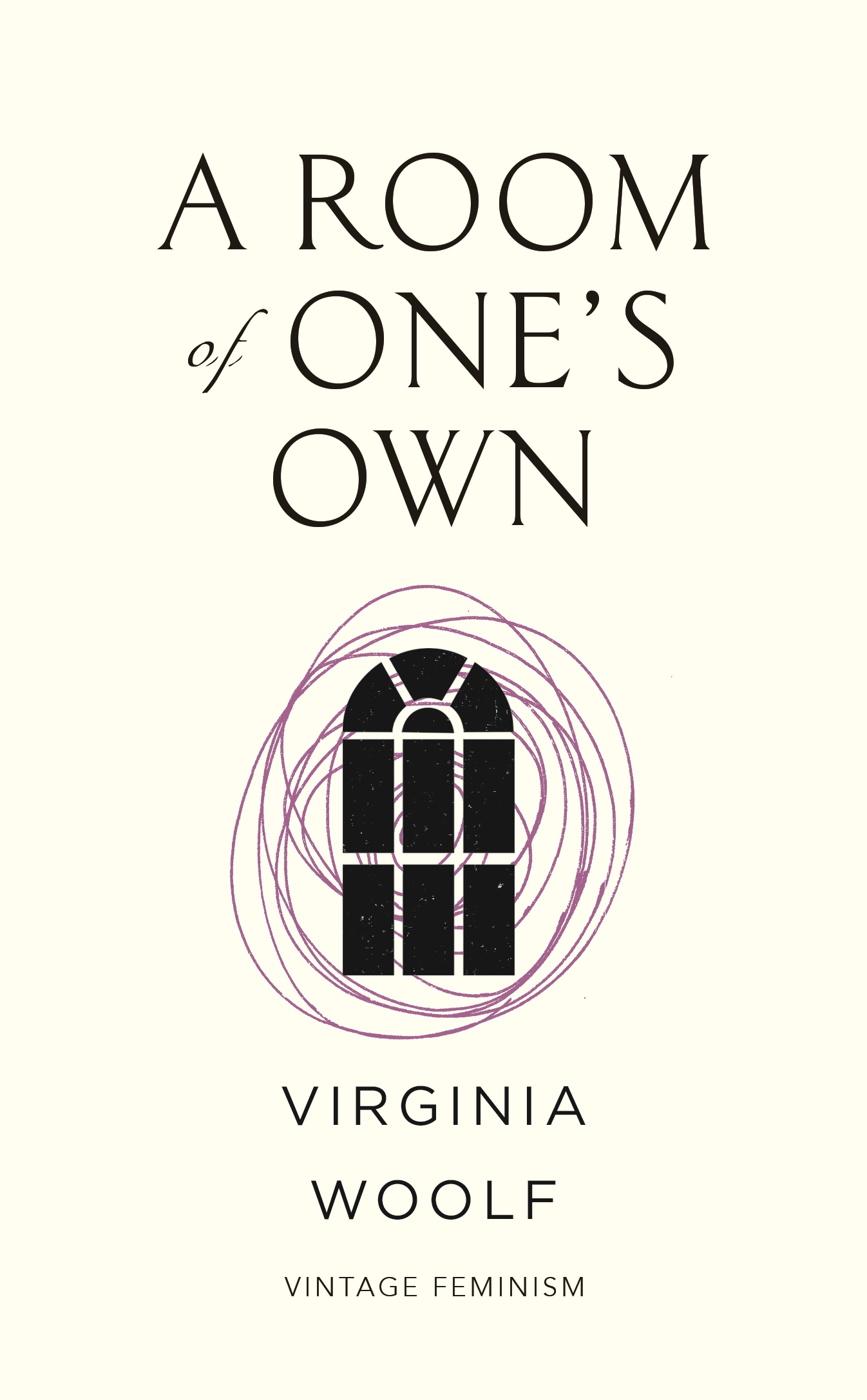

Christine Froula has noted that female initiation into British culture was once referred to as a "chrysalis pattern," a purported rite of passage intended to redirect women towards the domestic sphere, and where Woolf's use of butterfly imagery is what Rachel Sarsfield asserts, signifies Woolf's emergence as an author. Inscribed by its percipience of cultural politics, the failed Bildungsroman and eroded marriage plot in The Voyage Out toppled literary conventions. Though there are notable exceptions, to be considered a "serious" novelist at the turn of the twentieth century, one should first be male and better, a Westerner. Virginia Woolf regarded her female literary forebears-especially those who relied on sentimental or romantic drama as a pathway to fiction publication-as writers who strained at the fetters of "feminine" genre and style. More recently, Mary Ellen Foley has scoured diary entries, letters, and biographies, reconfiguring a personal account of Woolf's writing process and publication of her first novel. The late Louise DeSalvo (1942-2018) whose examination of Woolf's childhood, along with Elizabeth Heine whose research of the considerably altered Melymbrosia and the final iteration of The Voyage Out, (2) minister the difficult work of documenting the many evolutions of Woolf's inaugural novel. (1) It is from here where this bibliographic essay begins however, it behooves me to lend credence to those whose venerable work has become invaluable to the study of Woolf milieu.

Readers have made nuanced and remarkable analyses of Virginia Woolf's The Voyage Out since the publication of Mark Hussey's Virginia Woolf A-Z: The Essential Reference to Her Life and Writings (1995).


 0 kommentar(er)
0 kommentar(er)
